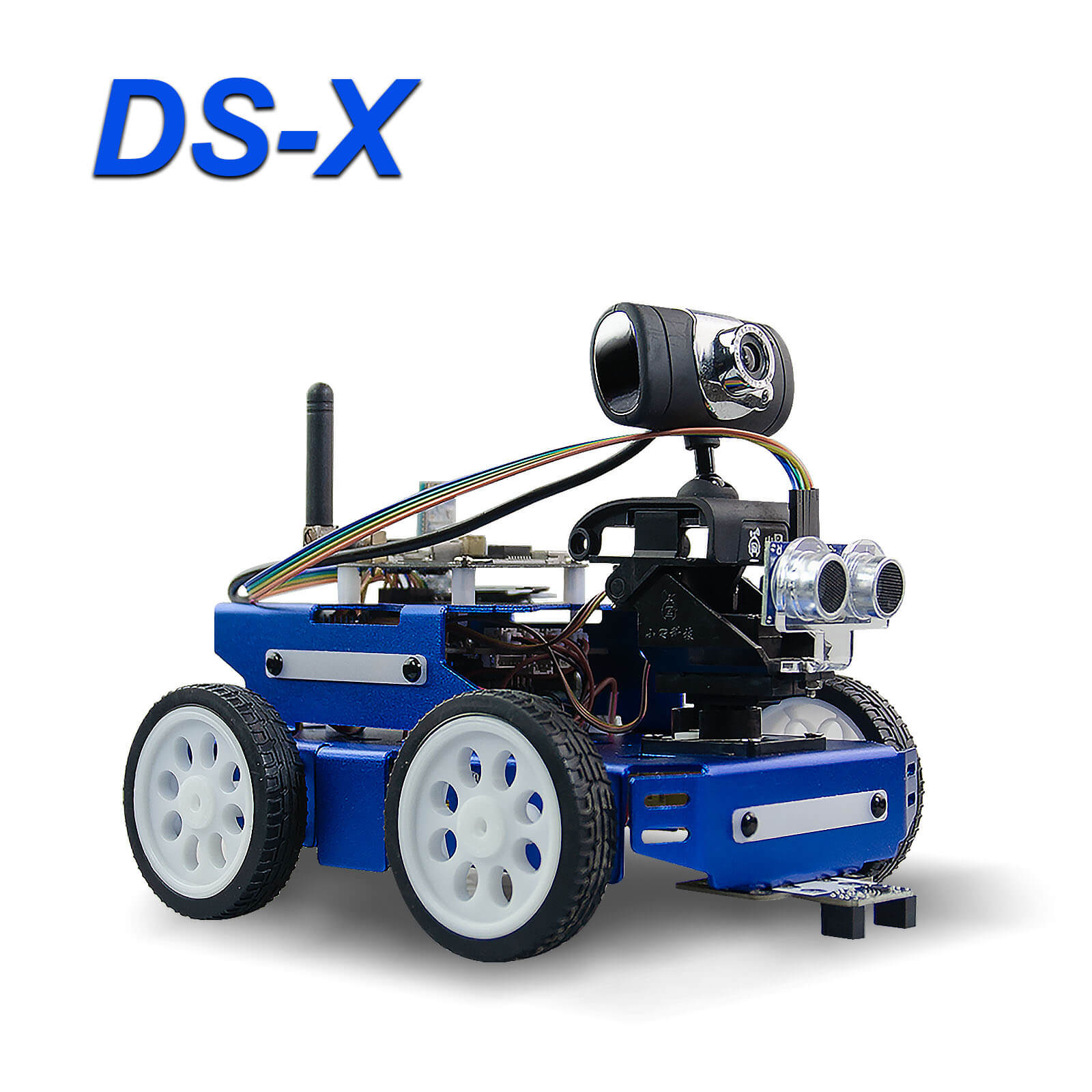With the rapid development of science and technology, artificial intelligence robot has gradually become an important part of our daily life and work. Artificial intelligence is a broad field that includes many different technologies and methods. Here are some of the major branches of AI:
1. Machine learning: Machine learning is a technology that allows computer systems to automatically "learn". It can automatically extract features from data and make predictions and decisions based on these features. Machine learning includes supervised learning, unsupervised learning, reinforcement learning, etc.
2. Deep learning: Deep learning is a method of machine learning that uses multi-layer neural networks to perform complex data processing and decision-making. It allows computer systems to automatically extract features from large amounts of data and perform operations based on these features.
3. Natural Language Processing (NLP): NLP is a branch of the AI field that is dedicated to enabling computers to understand and generate natural language. This includes text classification, speech recognition, natural language generation, and more.
4. Computer vision: Computer vision is another branch of the AI field, dedicated to enabling computers to understand images and videos. This includes object detection, image segmentation, face recognition, and more.
5. Robotics: Robotics involves the design, manufacturing, operation and application of robots, as well as the computer systems, sensory feedback and information processing that control them. This includes industrial robots, service robots, etc.
6. Cognitive AI: Cognitive AI is the most popular branch and is responsible for all interactions that feel “human-like”. Cognitive AI must be able to easily handle complexity and ambiguity, while also continuously learning from the experience of data mining, NLP and intelligent automation.
In addition, there are some specific AI applications and technology branches, such as speech recognition, text mining/classification, machine translation, etc.
Among the many branches of AI, the neural network and intelligent learning technology of intelligent robots are particularly eye-catching. They are driving the progress of robotics technology and are widely used in multiple industries, such as autonomous driving, intelligent transportation, etc. .
1. Research on neural networks for intelligent robots
What is a neural network? Neural network is a computing model that simulates the structure and working principles of human brain neurons and has powerful learning and processing capabilities. In intelligent robots, neural networks are widely used in perception, decision-making, control and other aspects, making robots highly autonomous and adaptable.
In the perception process, neural networks can help robots identify and understand environmental information, such as images, sounds, touch, etc. By training and optimizing neural networks, robots can accurately recognize various objects, faces, sounds, etc., and even understand complex languages and gestures.
In the decision-making process, neural networks can help robots make reasonable decisions based on perceived information. For example, in self-driving cars, neural networks can independently determine the car's driving route and speed based on information such as road conditions, traffic signals, obstacles, etc.
In the control link, neural networks can achieve precise control of the robot's movement trajectory. By adjusting the parameters of the neural network, precise control of the robot's movement can be achieved, allowing the robot to complete various complex tasks.
2. Research and Application of Intelligent Learning
Intelligent learning is an important branch of artificial intelligence, which enables robots to improve their performance through learning and experience accumulation. In intelligent robots, intelligent learning technology is widely used in the following aspects:
Reinforcement Learning: Reinforcement learning is a method of learning through trial and error. In reinforcement learning, the robot continuously adjusts its behavioral strategy through interaction with the environment to achieve optimal performance. For example, in the task of a robot grasping an object, the robot can continuously optimize its grasping strategy through reinforcement learning and improve the success rate of grasping.
Supervised Learning: Supervised learning is a method of learning through training data sets. In supervised learning, a robot builds a predictive model by learning the relationship between inputs and outputs in a training data set. For example, in speech recognition tasks, robots can train their own speech recognition models through supervised learning to improve speech recognition accuracy.
Unsupervised Learning: Unsupervised learning is a method of learning from unlabeled data. In unsupervised learning, robots discover underlying patterns in data by mining the inherent structures and associations in the data. For example, in robot autonomous navigation tasks, robots can discover features and structures in the environment through unsupervised learning to achieve autonomous navigation.
3. Industry applications
The neural network and intelligent learning technology of intelligent robots have been widely used in multiple industries, such as industrial manufacturing, health care, home services, agriculture, education, etc.
In industrial manufacturing, intelligent robots can autonomously complete various tasks on the production line, improving production efficiency and product quality. In medical care, intelligent robots can assist doctors in surgical operations, rehabilitation training and other tasks, reducing the workload of medical staff. In home services, intelligent robots can provide cleaning, cooking, education and other services to improve the convenience and comfort of family life. In agriculture, intelligent robots can realize automated sowing, fertilizing, harvesting and other operations, improving agricultural production efficiency and reducing costs. In education, neural network deep learning, machine learning target detection, etc. can be used in DS-X smart robot car,it also can be applied in intelligent transportation sandboxes, as well as in building industrial sandboxes 5.0, smart factory sandboxes, desktop-level simulated small production lines, etc.
In short, the neural network and intelligent learning technology of intelligent robots are driving the progress of robotics technology and are widely used in multiple industries. With the continuous development and improvement of technology, intelligent robots will play a more important role in the future and create a better future for mankind.

